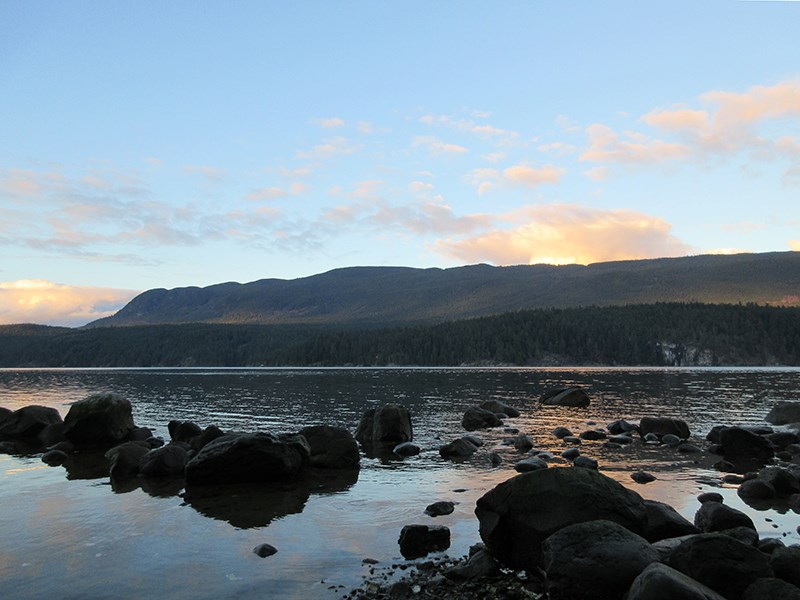Sometimes the natural world isn’t as natural as we think it is.
I took a ride up to Sarah Point the other day and looked out into Desolation Sound to see what the neighbours are up to. Sea lions, Pacific white-sided dolphins and bald eagles were all on the move.
Everybody was heading south, gathering together for the event of the season in the Salish Sea: the herring run. It’s an event I wait for every year, and I’ve always thought of it as one of those perennial markers of life here.
How silly I felt then, when I talked to Tla’amin Nation member Erik Blaney about it. I thought he’d have beautiful stories to tell me of pre-industrial times when the herring run was a cultural event, of the rituals folks must have had around it. But the yearly migration of the marine animals to find the herring has only been going on since the ’80s, when both Blaney and I were kids.
“Before that,” Blaney told me, “they were here year-round. We had local-resident herring stocks that were wiped out in the ’70s, so all the wildlife migrating to follow them is an adaptation.”
Ouch. So much for my romantic notions.
“Our people have been harvesting herring for thousands of years,” Blaney told me. Layers from 3,500 years before present day that were recently studied yielded over two tonnes of herring bones in one area alone.
“That was a massive herring feast. They were a really important part of the diet,” said Blaney. And not just for humans. Sea lions and dolphins and orcas need the herring too, and there are so few of them now.
Overfishing in the ’50s and ’60s led to a catastrophic collapse in the herring population. It’s one of those tragic stories of cultural shortsightedness, of which there are so many around here. It’s not that humans are bad and greedy, it’s just that there was so much, and it was so easy to take, that nobody ever thought it could run out. Until it did.
Conservation efforts have led to a slow increase in recent years, but the population is still precarious, and nowhere near its pre-industrial levels.
“There’s an old story in our oral history,” said Blaney, “that when Cortes was sailing around up here, he thought he’d run aground on a rock, but it was a school of herring.” It’s hard to imagine that now.
A couple of days after my ride to Sarah Point, I sat on the beach at Dinner Rock and watched more sea lions heading south. It still fills me with wonder and love for the wild place I live, but it’s tinged with a little sadness as well. This yearly event that I’ve always timed my life by is an artifact, created by human actions.
It’s a good reminder that we’re not above or outside of the wild world, but just another thread in that web. That realization comes with some responsibilities, but it comes with some comforts, too. We belong here just as much as the sea lions and the herring do. It’s time we started acting like it.



